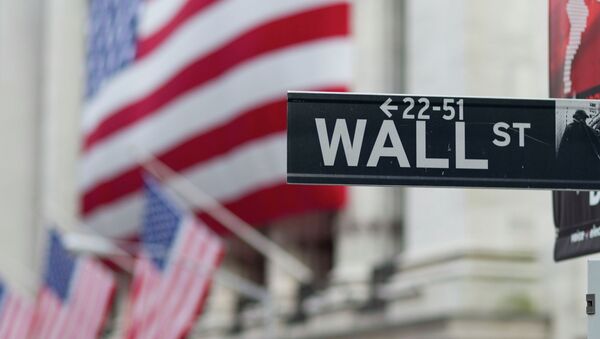The dollar is strong and rising, while the US Fed further delayed their planned rate hike on 17 September, yielding little support to profitability of US companies’ overseas operation.
Most US-based multinationals are thus severely disadvantaged as their international revenues are shrinking, and are struggling to expand their presence in the domestic US market. With such a rebalancing underway, Wall Street capitalization might suffer a major blow, a blow they can withstand nonetheless, yet, at their own expense.
Third quarter commercial earnings projections for US-based enterprises have just been cut a yet another time by most market participants. The current quarter of the US financial year ends Wednesday, with earnings season starting straight afterward. US Q2 earnings were a disappointment mainly due to the dollar’s strength, but this time around most North American stocks have become less expensive than three months ago.
Projections for this outgoing quarter are murky, but in case the realistic figures do not turn out to be even worse, US stock prices will gain an additional push upwards, reducing market volatility.
The current outlook for Q3 earnings for S&P 500-listed companies stands at an annualized negative 3.9%. About a half of the listed enterprises will post smaller revenues due to lower oil prices, faltering global demand for goods and services amidst overproduction, and a stronger dollar. An unlucky combination of all three factors will be a major drag on select companies’ performance.
Longer-term earnings forecasts are also grim. Consensus 12-months forward earnings per share outlook stands at 2% negative, its six-years lowest: in 2009, the figure was over 10% below zero.
Recent turbulence across global financial markets will also affect US Q3 earnings. With mainland China’s financial unsustainability in focus, several US companies are particularly exposed to Chinese risks and will post weaker commercial results, with Apple and Caterpillar among them.
However, Beijing still holds its growth target for this year at 7%, while maintaining very optimistic rhetoric, attempting to reassure investors that the spillovers of the Chinese stock meltdown to US companies might be less visible.
As outlined above, such a situation might indicate a starting financial bubble. The main reason for it is the US Federal Reserve’s lack of decisiveness on rates hike, as the constant protraction allows for immense volumes of monetary liquidity to go straight into the financial market, bypassing the real economy.
Consequently, the Q3 earnings results will be another disappointment, but more important here is the reaction of the US monetary authorities to the challenge. Higher rates could help devalue the dollar somewhat, whilst also keeping the stock market tame.





